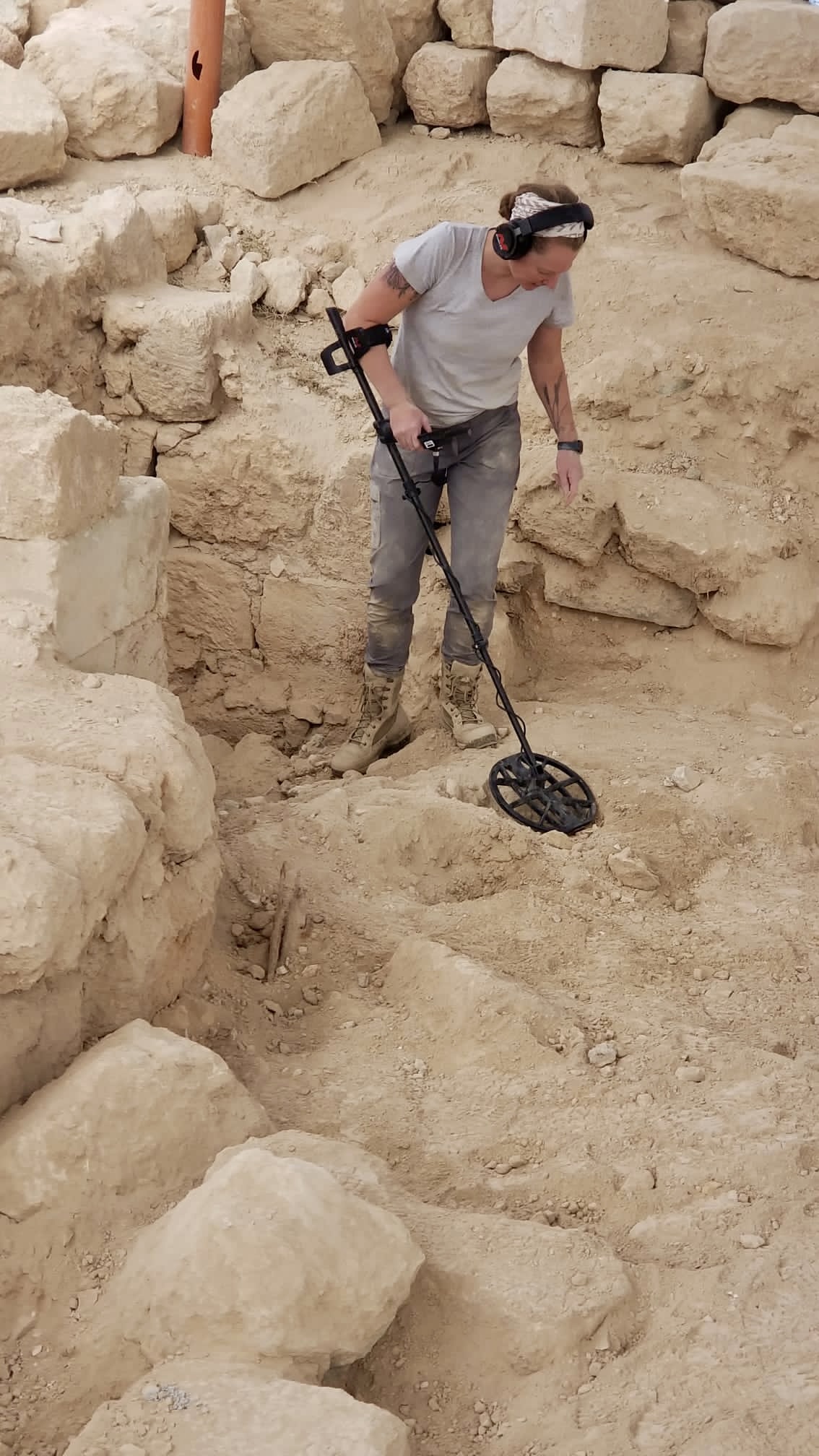I am a professional archaeologist and the operations manager for a veteran's non-profit, American Veterans Archaeological Recovery (AVAR). AVAR has been placing American military veterans on archaeological fieldwork since 2016. We offer unique mental, physical, and peer support to our participants, and we understand the specific challenges veterans face when attempting to transition into the field of archaeology. AVAR frequently conducts metal detection surveys on American battlefields. While we've specialized in the CTX 3030 for years, when a friend offered me the opportunity to buy an in-stock Manticore, I jumped on it. Luckily my new Manticore arrived just one day before I was departing for a famous site in the Judean desert of Israel. I was stunned by the lightness and packability of the machine, and I without a second thought, I tucked it into my checked bag... The project was the first scientific, academic excavation at the Hyrcania Fortress. The fortress was constructed on a hilltop near the northern edge of the Dead Sea in Israel during the Hasmonean/Hellenistic period and subsequently refortified by no less than Herod the Great. Several centuries later, it became a Christian monastery. A site with a rich, complicated, and untouched history... One of the ways that archaeologists date floors is through the use of coins and other identifiable materials that were left on the surface. On my second day on site, one of the crews alerted me that they were approximately 15cm above a mosaic floor, and I got to work with the detector. Within 15 minutes, we had located two Hasmonean coins and a kohl tool, an ancient make-up applicator. While artifacts such as these can be found through sifting soil, it was a fast and effective way to locate items critical to dating and understanding the site. I'm proud to be an archaeologist who has accepted the metal detector as an essential part of my toolkit, and I am grateful to Minelab for developing versatile machines I can take with me all over the world!




















